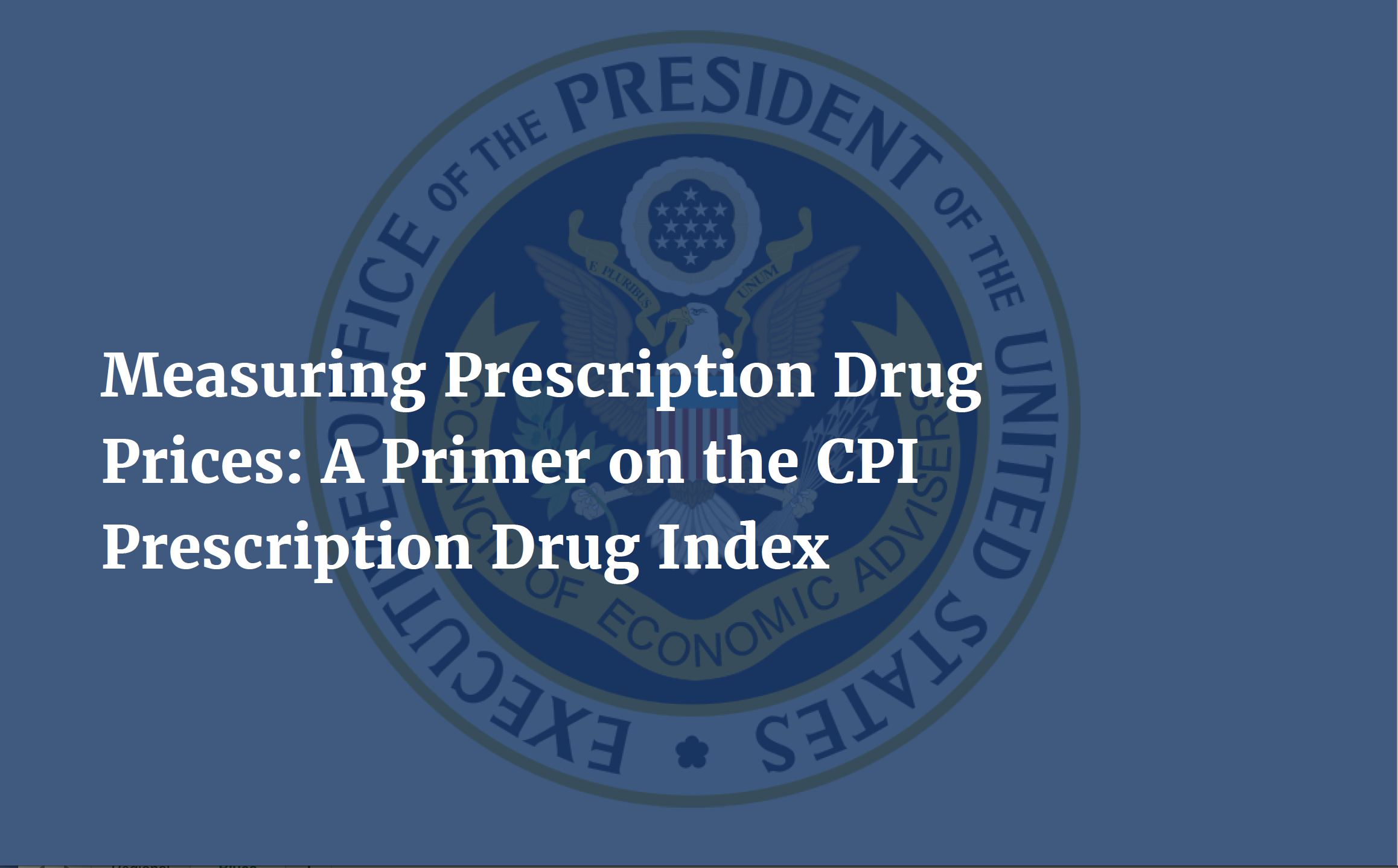

Maybe it got lost in a busy news cycle, maybe discerning journalists dismissed it, or there’s simply no public appetite for delving into data science nuances. In any case, last week the White House Council of Economic Advisers released a 27-page “primer” on the Consumer Price Index Prescription Drug Index (CPI-Rx).
In the paper, the White House council concludes that the CPI-Rx is the most accurate measure of prescription drug price changes. It does so with a review of “strengths and limitations” of various pricing measures used by reporters in the news media.
Rx Savings Solutions is at the top of their list:
“Many of the news stories cited use a measure constructed by the company Rx Savings Solutions. The study is not available on the company’s website, and it did not respond to our email inquiry. According to the news reports on the study, 3,400 drugs have increased their prices in 2019, with an average price increase of 10.5 percent, or approximately five times the rate of inflation. The raw count is inflated because Rx Savings Solutions considers different dosage forms and strengths as different products. The price increases are list price increases. The reported price increase appears to be a simple average across all of the drugs with a price increase. Finally, it includes nonretail prescription drugs (doctor- and hospital-administered) in its measure that are not included in the CPI-Rx.”
We don’t dispute any of that (other than we received no such email inquiry). Our pricing data isn’t meant to be an end-all-be-all, State of the Union for prescription drug costs in America. It’s just an important data set, an economic indicator similar to housing starts, the unemployment rate or a jobs report.
However, it’s worth noting that news outlets from across the bias spectrum—MSNBC, CBS, Washington Post, New York Times, Financial Times, Wall Street Journal, Fox Business News—have used our pricing data to inform their reporting. When a credible source issues objective data, journalists will use it.
Interestingly, the CPI-Rx happens to be one measure that shows a drop in drug prices—down 0.7 percent as of Aug. 19 for the previous 12 months, which supports the Trump Administration’s debatable claims that they’ve turned the tide.
To its credit, the report points out that the CPI-Rx has its shortcomings too, that it doesn’t include specialty drugs and is unable to accurately measure what insurers pay. The latter is pretty important, since insurers foot most of the bill and in large part determine what insured members pay. And, as the same report states: “There can be many different prices for the same drug, and the price paid by a given consumer depends on a complex series of negotiations between multiple agents.”
Therein lies a big part of the problem: how confusing the system is for people who actually use it. No matter whether prices go up or down, consumers have no way to know what a drug costs. It doesn’t matter if cheaper alternatives are available if a patient doesn’t know they exist or their doctor prescribes something more expensive.
We hope the CPI-Rx is as accurate as the White House claims it to be. But we don’t think any consumers or payers are out there celebrating a 0.7 percent drop in the index. That’s why market demand for our solution and our member growth can be measured in the triple digits, which is a pretty good indicator of what’s really happening with drug prices.



